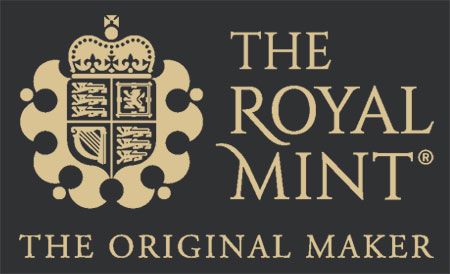Various forms of withy inkwell were made from the Isle of Wight westward, Dorset, Devon and Cornwall, South Wales and South and West Ireland, although there are some extreme variations there. There is also a connection to the Breton tradition in France as there was a strong connection between the Bretons and the South West fishermen.
All pots are made using fresh willow for the main frame although hazel was often used in the base. Individual makers also often used tamarisk to strengthen the base as it resisted abrasion. While the shape between regions may look the same the Cornish pot is very different in that it has a deeper curve at the top and the spiral binding goes anti-clockwise to the base, with three-and-a-half to four turns from top to bottom. The Devon/Dorset pot as well as all other areas that once practised this craft have a flatter top and more of a curve in the shape down to the base, and the spiral binding goes clockwise from the top to the base and is four turns in total from top to bottom.
In East Devon the base was put in by folding the willow from the centre to the outer rim but all other areas by folding from the outside to the centre.
Although the pots took on a common shape in the same region, each person’s pot would be unique. This is because makers all differ in strength of hand style details and the way they fish on their particular coast. Storepots were much bigger at 36-40 inches across the base and five to six rings high. They had woven or wooden lids to keep crab in, for up to a week while waiting for them to be sold or transported
Guernsey Crab Pots
The Guernsey pot is woven as it is turned on the knee, not on a stand. A disc and a peg with ropes are used to draw the ribs in as the willow is twisted to create the body of the pot. To finish the pot, four main heavier ribs are laid and tied-in across the base, then the ribs from the body of the pot are woven across these. Additional heavy rods are added to fill the base and complete the pot. All the ends are trimmed leaving 4-6”, to allow for wear through the season.






